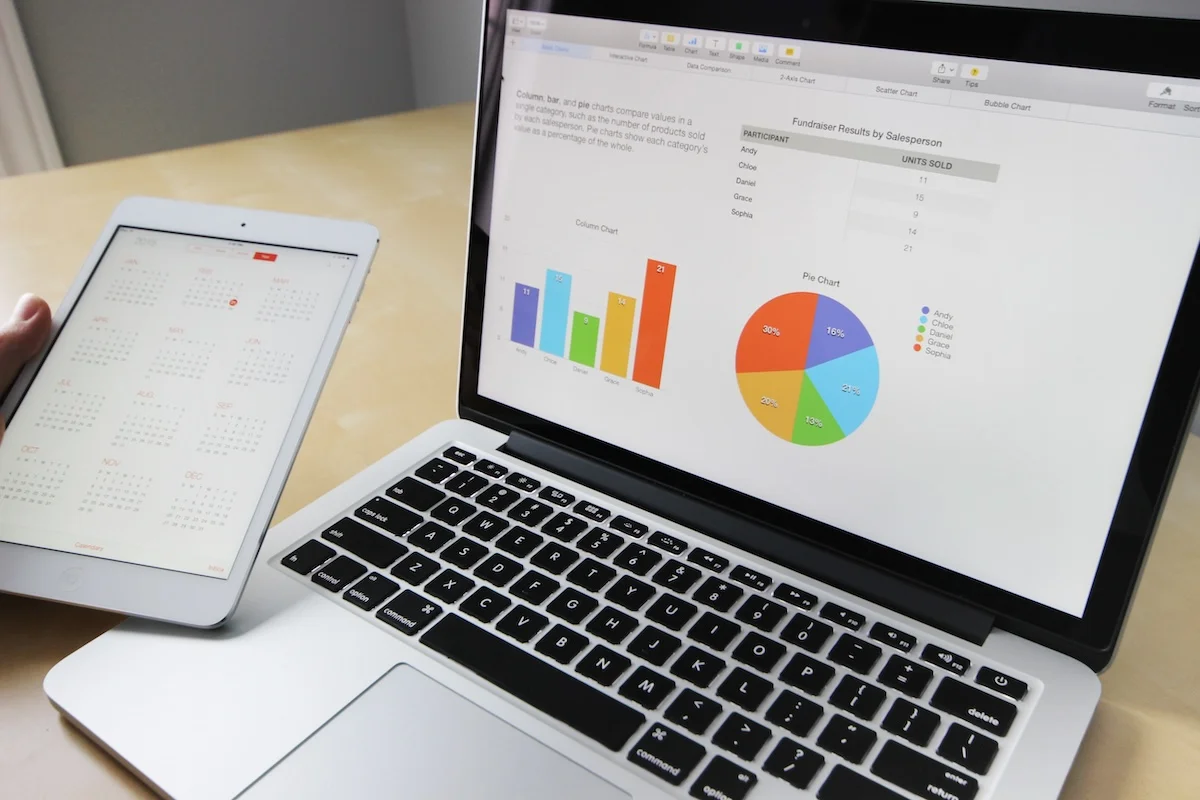

A company dashboard or scorecard is an indispensable tool that provides a comprehensive overview of an organisation’s performance. The right Key Performance Indicators (KPIs) enable businesses to track progress, identify trends, and make data-driven decisions. This article, inspired by the principles in the book “Traction,” delves into the significance of a concise dashboard and outlines crucial metrics to consider for optimal impact.
A company dashboard is a centralized hub that presents essential data and metrics in a visually appealing and easily digestible format. It offers insights into various aspects of the business, empowering leaders and teams to monitor progress towards strategic goals, identify improvement opportunities, and facilitate well-informed decision-making.
Though it might be tempting to include numerous metrics, the concept of “less is more” holds for an effective dashboard. Following the advice of “Traction,” limiting the number of KPIs to a maximum of 15 ensures clarity and prevents overwhelming users with excessive information. This focused approach enables a deeper understanding and interpretation of the metrics, leading to more precise actions.
When selecting KPIs for your company dashboard, consider those that align with your business objectives, industry standards, and specific focus areas. Here are some essential KPIs to consider:
To ensure the effectiveness of your company dashboard, adhere to the following design principles:
An effective company dashboard is valuable for monitoring and improving organizational performance. By selecting a limited number of relevant KPIs aligned with strategic goals, businesses can focus on what truly matters and derive actionable insights. Remember, specific KPIs should reflect your business’s unique characteristics and priorities. With an effective dashboard, leaders can steer their organizations towards success, armed with the power of data-driven decision-making.
A company dashboard or scorecard is an indispensable tool that provides a comprehensive overview of an organisation’s performance. The right Key Performance Indicators (KPIs) enable businesses to track progress, identify trends, and make data-driven decisions. This article, inspired by the principles in the book “Traction,” delves into the significance of a concise dashboard and outlines crucial metrics to consider for optimal impact.
A company dashboard is a centralized hub that presents essential data and metrics in a visually appealing and easily digestible format. It offers insights into various aspects of the business, empowering leaders and teams to monitor progress towards strategic goals, identify improvement opportunities, and facilitate well-informed decision-making.
Though it might be tempting to include numerous metrics, the concept of “less is more” holds for an effective dashboard. Following the advice of “Traction,” limiting the number of KPIs to a maximum of 15 ensures clarity and prevents overwhelming users with excessive information. This focused approach enables a deeper understanding and interpretation of the metrics, leading to more precise actions.
When selecting KPIs for your company dashboard, consider those that align with your business objectives, industry standards, and specific focus areas. Here are some essential KPIs to consider:
To ensure the effectiveness of your company dashboard, adhere to the following design principles:
An effective company dashboard is valuable for monitoring and improving organizational performance. By selecting a limited number of relevant KPIs aligned with strategic goals, businesses can focus on what truly matters and derive actionable insights. Remember, specific KPIs should reflect your business’s unique characteristics and priorities. With an effective dashboard, leaders can steer their organizations towards success, armed with the power of data-driven decision-making.
